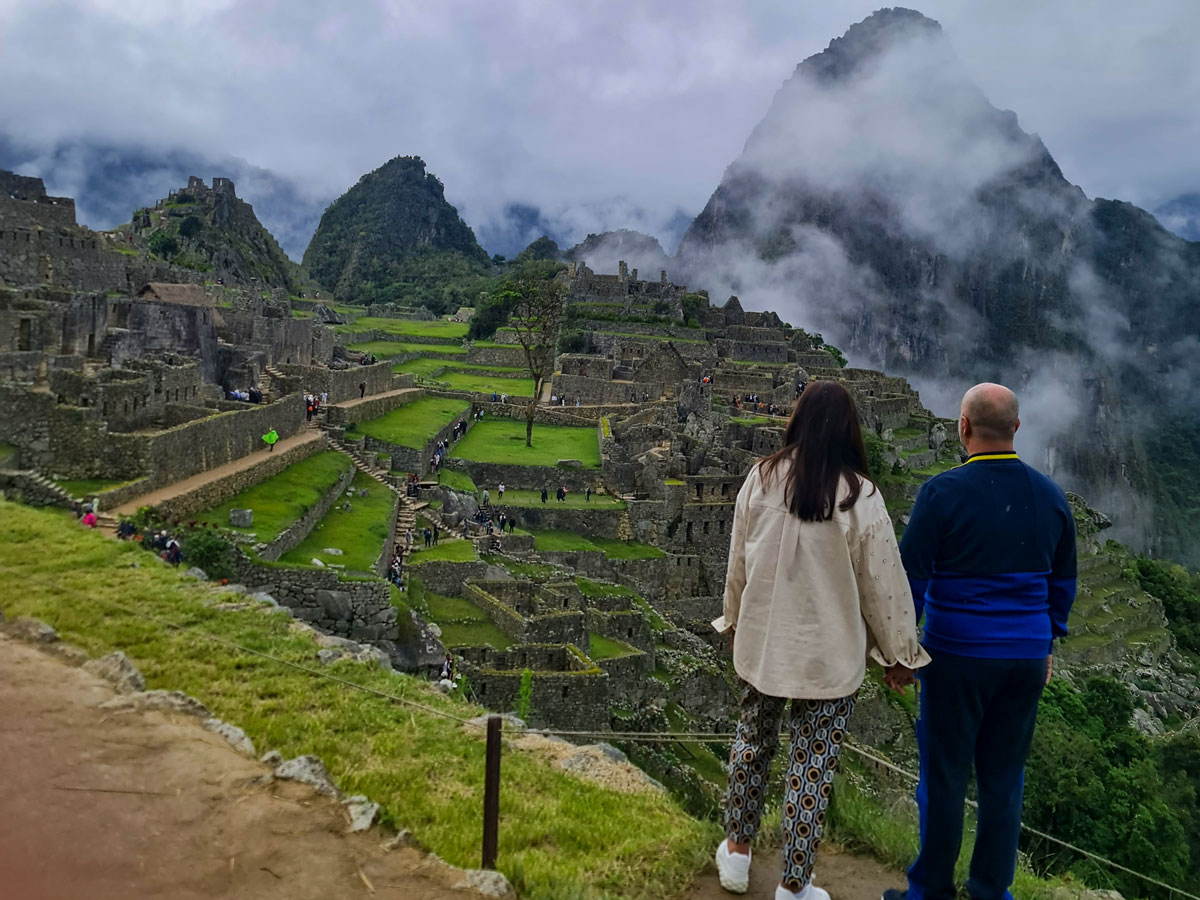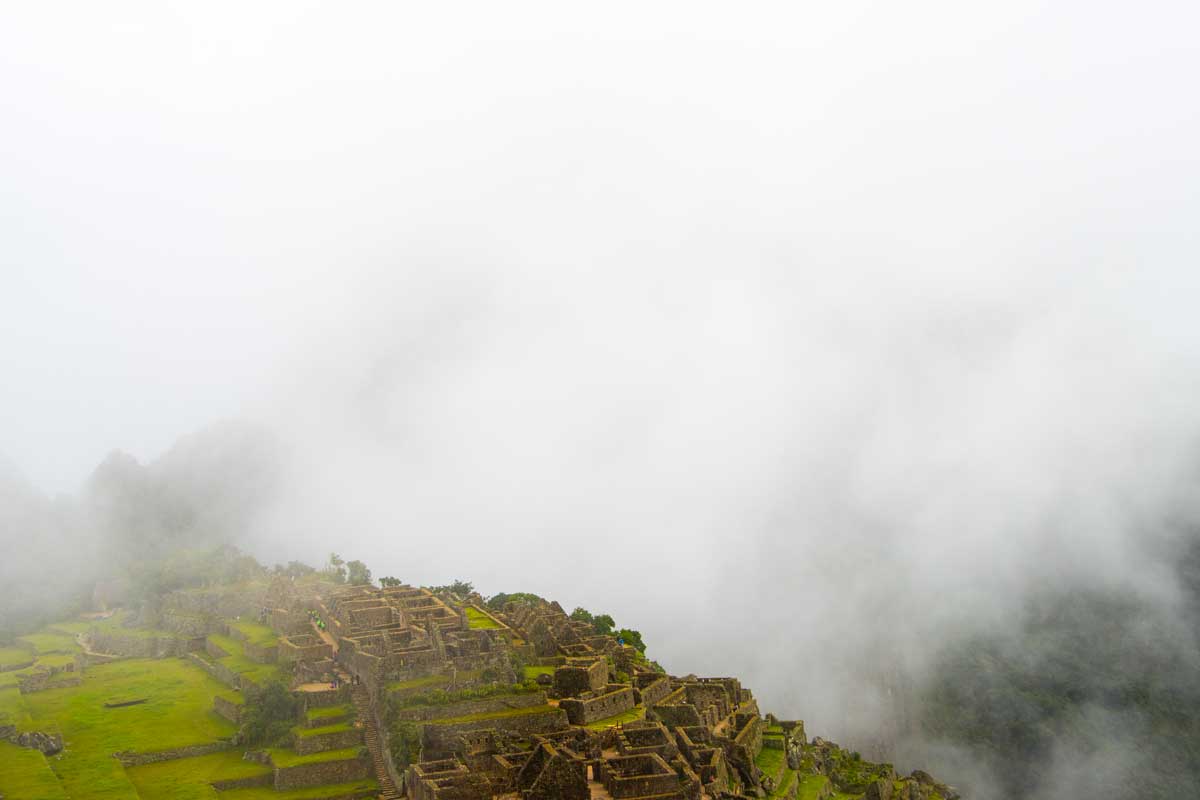Machu Picchu, one of the world’s most remarkable archaeological sites, remains a top destination for travelers worldwide. However, rumors and misinformation about its possible closure often spread. If you’re wondering if Machu Picchu will close in 2026, here’s the truth.
Is Machu Picchu Open?
Yes, Machu Picchu will be open and fully operational in 2025, as confirmed by the Ministry of Culture. There are no difficulties that would cause Machu Picchu to close. Today, Machu Picchu remains open and offers visitors an incredible experience.
Today, there are no planned closures that would prevent visitors from exploring this ancient wonder. However, certain maintenance and conservation efforts may result in temporary restrictions on certain routes or circuits within the site.
Also the latest announcement from the Ministry of Culture, the entrance fee for Machu Picchu Circuit 2 remains unchanged, and it continues to be the most requested route for travelers who want to explore Machu Picchu. However, due to high demand, there are days when Circuit 2 tickets sell out. For this reason, we recommend booking your tickets well in advance.

Why Do People Think Machu Picchu Might Close?
Over the years, concerns about the preservation of Machu Picchu have grown due to the high number of visitors and the natural disasters that can occur during both the rainy and dry seasons. Here are the main reasons why Machu Picchu could face temporary closures:
Overtourism
The increasing number of visitors has raised concerns about environmental and structural damage. The Ministry of Culture and SERNANP have changed the traditional way of visiting Machu Picchu.
According to the latest study by this Peruvian government agency, new routes have been created to explore and visit Machu Picchu. These routes are known as Machu Picchu Circuits. These circuits allow visitors to explore the Inca citadel without overcrowding, ensuring a smooth visitor flow while minimizing the impact on the site.
Additionally, Machu Picchu has two ticket availability seasons: the high and low tourist seasons. During the high season, more tickets are available, whereas in the low season, fewer tickets are released.
However, with these measures implemented by the Peruvian government to protect Machu Picchu, there is a possibility that in the future, access to the citadel may be restricted due to the high number of visitors. If this happens, travelers may only be able to view Machu Picchu from a nearby mountain rather than entering the site itself.
Weather conditions
One of the reasons why Machu Picchu could be temporarily closed is the influence of the weather, especially during the rainy season. The Inca citadel is located in the subtropical zone of Cusco, where occasional rains can occur even during the dry season. During the rainy season, however, it rains almost every day and the site is often covered in dense fog or clouds that sometimes obscure the view of Machu Picchu. However, this mist adds to the mystery and enigmatic beauty of the site, as visitors can witness it slowly lifting and revealing Machu Picchu step by step.
Heavy rains, landslides or extreme weather conditions can sometimes cause short-term access restrictions. These natural events can cause temporary closures of the railway from Ollantaytambo to Machu Picchu or block roads from Cusco to Santa María, Santa Teresa and Hidroeléctrica due to landslides. If you encounter such disruptions, we strongly recommend that you wait for official announcements from the train company or the Peruvian government. It is crucial not to take any risks by attempting to enter or leave the citadel during dangerous conditions. Instead, you may need to extend your stay in Cusco or Aguas Calientes. Fortunately, these severe weather-related disruptions do not occur every year and are usually limited to the peak rainy season – January, February, and mid-March. After this period Machu Picchu reopens as usual.
Best time to visit Machu Picchu
The best time to visit Machu Picchu is from April to December when the weather conditions are more favorable. During these months
- April to September – This is the dry season, with clear skies, sunny days and excellent visibility. It is also the busiest time of the year, so booking in advance is essential.
- October to December – Transitional months between the dry and wet seasons. There may be occasional showers, but visitor numbers are lower, making it a good time for a quieter experience.
If you want the best weather and breathtaking views, visit during the dry season. However, if you prefer fewer crowds and don’t mind a little rain, the early rainy season (October to December) can also be a good option.
Maintenance and Restoration
Some parts of Machu Picchu may require regular maintenance to ensure their preservation for future generations.
Despite these factors, Machu Picchu will not close in 2026. However, due to high demand, tickets – especially for Circuit 2 – sell out quickly. If you’re planning a trip, we highly recommend booking your tickets well in advance.
RELATED BLOG: MACHU PICCHU WEATHER
Is Machu Picchu closing in February?
Is Machu Picchu closed in February? The answer is no. Machu Picchu remains open year-round to the public, with closures occurring only in the event of natural threats to its infrastructure. Notably, the Inca Trail experiences a temporary closure in February.
Although it remains open to visitors, Machu Picchu is undergoing significant changes. Did you know that the visiting hours for this remarkable citadel have been updated from 2021 to 2025? During this period, the most important regulations of recent years were implemented, highlighting the introduction of fixed circuits, as well as strict entry times. These measures were established to manage the flow of visitors and improve the conservation of the site.
Looking ahead to the 2026 season, it is expected that these same regulations will remain in effect. So far, the Ministry of Culture has not announced additional modifications to the already established schedules or circuits, so planning should be based on the current system.
Note: With new restrictions in place, a total of 4,500 tickets will be available during the low tourist season, while 5,600 tickets will be allocated for the high tourist season. These tickets are divided into three circuits, each offering a unique route to explore the Inca citadel.
Inca Trail 2026: Navigating Changes and Plan B for Machu Picchu Adventures
Planning for the Inca Trail 2026 is based on a strict and well-defined permit system. The limit of 500 daily spots for the classic route is maintained, which are distributed between travelers (200 spots) and the mandatory support staff (guides, cooks, and porters – 300 spots). It is fundamental to clarify that this capacity is exclusive to the Inca Trail network and is not shared with alternative routes like the Salkantay Trek, which operate independently. Likewise, the Short Inca Trail (2 days) has its own reservation and availability system. Understanding these rules is crucial for navigating the large amount of information online and planning a successful reservation.
Opening and Sale of Inca Trail 2026 Permits
The official sale of permits for the entire 2026 season (from January to December) will be enabled by the Peruvian government during the month of October 2025, starting from the 27th of that month. This annual event marks the beginning of the process to secure a spot, as the spots for the high season (May to September) usually sell out extremely quickly. Therefore, interested travelers are recommended to immediately contact an authorized agency with their passport information and desired dates to manage the reservation.
For more information about reservations visit: Inca Trail 2026 Opening
Why is Inca Trail Closed in February?
The Classic Inca Trail has a scheduled and mandatory closure during the entire month of February each year. This measure is arranged by SERNANP (National Service of Natural Protected Areas) and the Ministry of Culture for two main reasons:
- Maintenance and Conservation: February is used by the authorities to carry out intensive maintenance work on the route. This includes cleaning the trails, repairing bridges and walls, and improving the campsite facilities. This period allows the trail’s ecosystem to recover from the high traffic of visitors during the rest of the year.
- Climatic Conditions and Safety: February coincides with the peak of the rainy season in the region. The rainfall is intense and constant, which significantly increases the risk of landslides and makes the trails slippery and dangerous for both hikers and support staff.
It is essential to clarify that this closure exclusively affects the Inca Trail network of paths. The citadel of Machu Picchu remains open during February and can be visited without any issues. Access is done via a train trip to the town of Aguas Calientes, followed by the bus ascent to the citadel.
How to Reach Machu Picchu When Inca Trail Closes?
To book the Inca Trail in 2026, avoid February or consider alternative routes. For direct access to Machu Picchu in February, be prepared for rain. February is part of the low season, characterized by fewer visitors due to the rainy season from December to March. Rain can make paths slippery, but it also enhances the scenery, offering a chance to witness Machu Picchu with minimal clouds and potential rainbows.
Trips to Machu Picchu:
1. Machu Picchu Day Tour: Travel by train through the Sacred Valley to Aguas Calientes, then take a bus to Machu Picchu. Enjoy a guided tour, free time, and return to Cusco by train.
2. Sacred Valley & Machu Picchu Tour: Opt for train trips, exploring the Sacred Valley in a full day or with an overnight stay in Aguas Calientes.
Alternatives to Climbing Machu Picchu in February:
Even with the Inca Trail closed, there are thrilling alternatives:
1. Inca Jungle to Machu Picchu 4 Days: Combining downhill cycling, rafting, zip-lining, and hiking, the Inca Jungle offers an adventurous route.
2. Salkantay Trek to Machu Picchu 5 Days: Lasting five days, this trek crosses the imposing snowy Salkantay at 4,650 meters, providing a breathtaking journey to Machu Picchu via Aguas Calientes.
3. Inca Trail to Machu Picchu 3 Days
4. 4 Day Inca Trail to Machu Picchu



